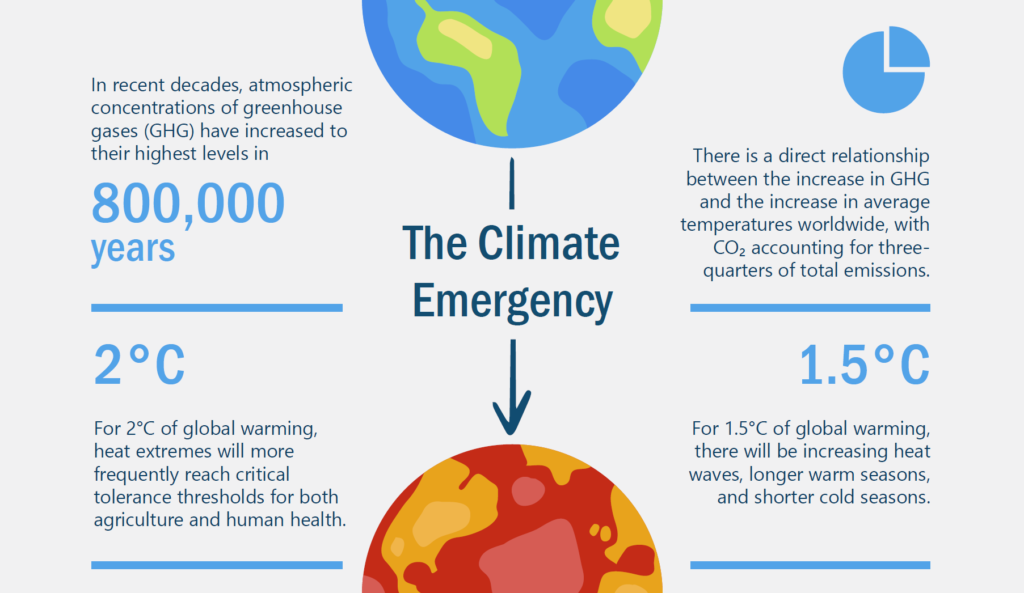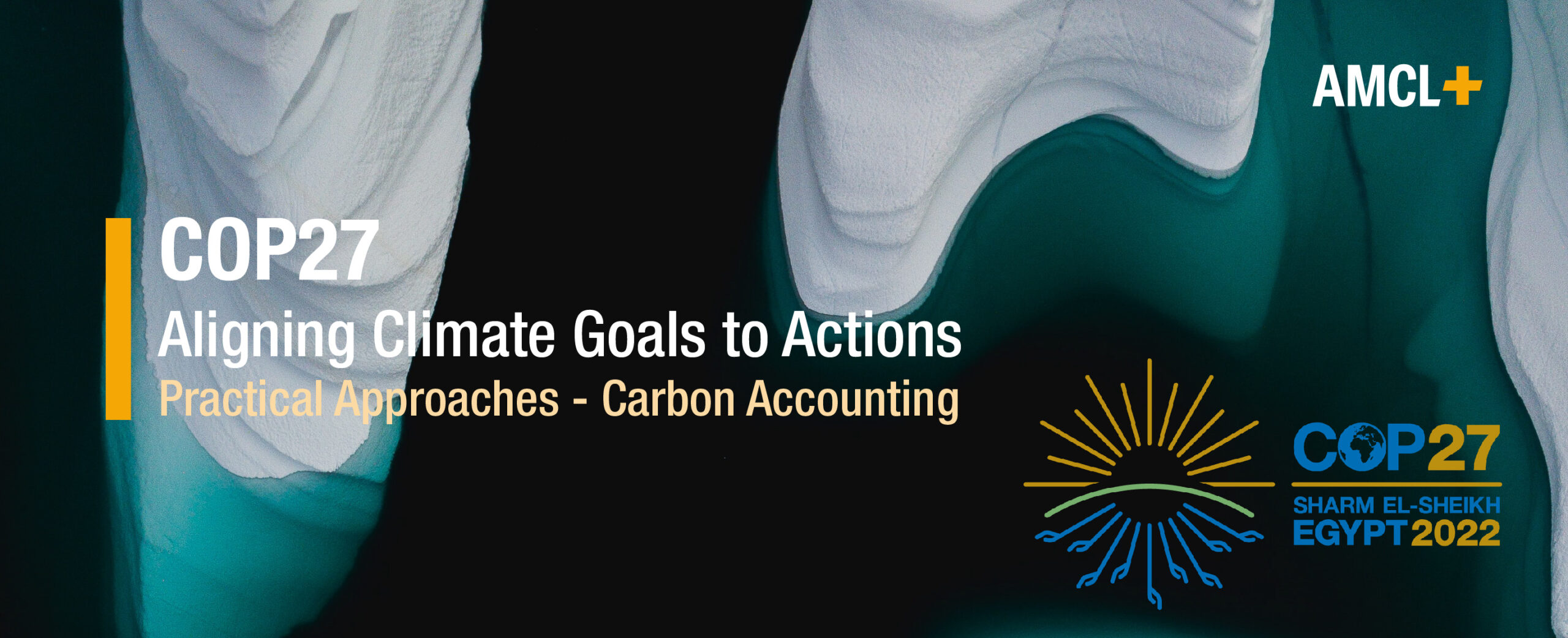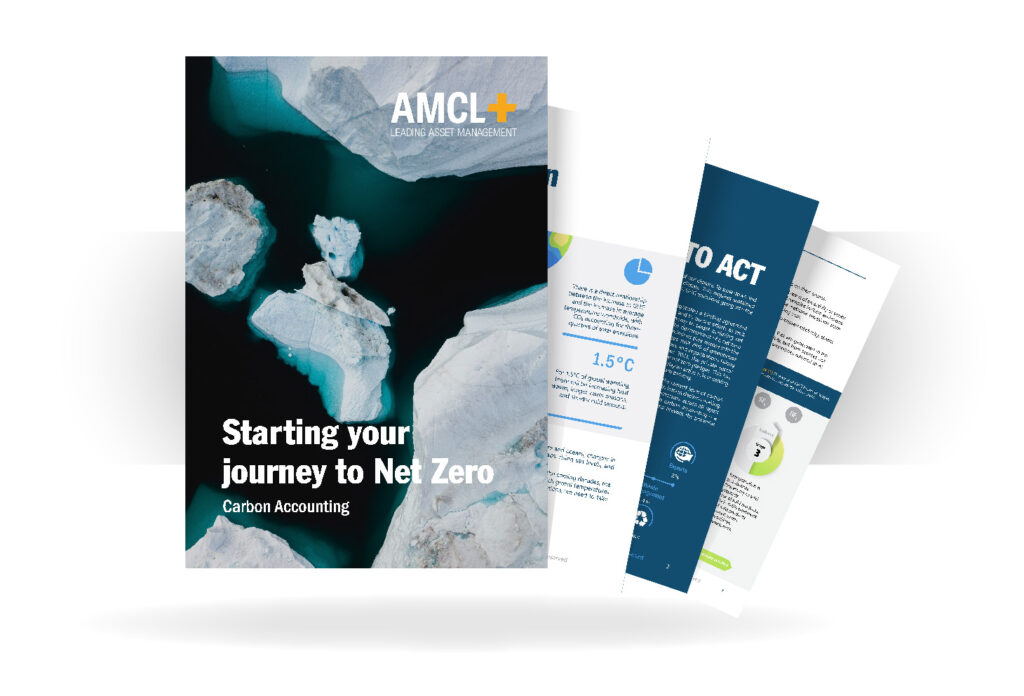With the 27th UN global climate change conference coming to a close in Egypt (COP27), it has become apparent that climate change and sustainability have completely changed the business environment. As our climate, legislation, and customer demands change, companies and nations are being united by common goals: the need to reduce their environmental impact and adapt to new risks created by a changing climate. Yet many organisations struggle to know where to begin. Of those that have begun to tackle this challenge only 8% are delivering on their strategy.
The impacts of climate change are being felt across the world and consequently legislation, regulation, and scrutiny are increasing. Companies are facing the prospect of improving their environmental performance or alienating stakeholders and regulators. In addition, the UN reported this week that the goal of the Paris Agreement, the landmark international climate accord of 2015 to limit global warming to 1.5°c, is now in jeopardy. Therefore, organisations need to improve their sustainability performance and adapt to survive the impacts of a changing climate.

So why is the world not on target to achieve the 1.5°c goal?
We believe there is a lack of alignment between climate goals and actions on a global scale.
AMCL specialises in aligning organisational objectives with outcomes, and sustainability objectives are no different. The tried-and-tested tools, techniques, and ideas of good practice Asset Management can deliver sustainable outcomes, helping organisations to achieve their climate goals while still delivering for their stakeholders.
At the heart of Asset Management is decision-making based on the whole-life view of an asset (a bridge, a transformer substation, a wind turbine). Decisions to balance the cost, risk, and performance of different asset interventions, intervention such as construction, maintenance, operation, renewal, enhancement, and disposal. We can use this Asset Management approach to include consideration of a whole-life view of sustainability impact, including carbon emissions.
But how do we align Sustainability goals and organisational objectives?
For most organisations, the biggest impact they can make towards building a sustainable world is to achieve net zero emissions. Net zero is the state in which greenhouse gas emissions are balanced by their removal from the atmosphere. In practice, this involves avoiding, removing, or reducing emissions as far as possible, and offsetting the remainder.
To achieve net zero, organisations need to understand their emissions; without a solid baseline, it is possible to make some quick improvements, but direction and drive will be quickly lost. Once emissions are identified, organisations have data to inform decision-making, and develop achievable plans and management practices to reduce emissions. The practice of identifying and estimating greenhouse gas emissions is known as carbon accounting.
There are different approaches to carbon accounting, each with a growing number of software solutions to support it. To provide guidance in this confusing and ever-changing field, AMCL has produced a paper providing a simple introduction, an overview of how the different approaches work, and guidance on how you can use carbon accounting to start your net zero journey.
We are excited to be supporting the transition to a sustainable, net zero future. While COP27 provides us with a sombre reminder of how important this challenge is, it also provides us with hope. An overwhelming majority of countries and organisations are now striving towards a common goal; with a stronger alignment between aspirations and actions, we believe any organisation can achieve it.

Contact Alberto Carrera
To hear more about how to start your journey to net zero
Contact James Carne
To hear more about how AMCL can support you with your sustainability goals



